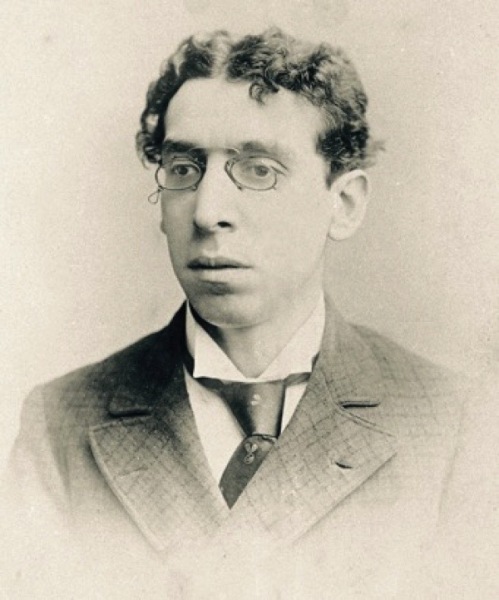Find a book

A Book a Month
We can send a book a month for six or twelve months - the perfect gift. More »

Café Music
Listen to our album of Café Music while browsing the site. More »

A parallel in pictures to the world of Persephone Books.
To subscribe, enter your email address below and click 'Subscribe'.
21 June 2017
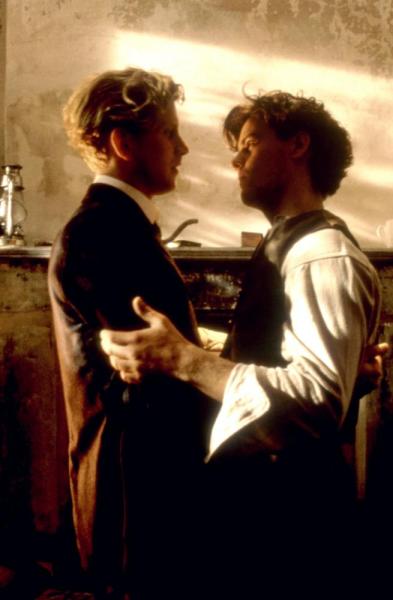
E M Forster began writing Maurice in 1910 and finished it in 1914, its impetus being the unexplained suicide of his friend and contemporary Ernest Merz in the summer of 1909. Maurice is a novel about how things might have been in a less repressive society. This is a still from the end of the (excellent) 1987 film: despite society’s constraints, the lovers (played by James Wilby and Rupert Graves) will have an enduring relationship.
20 June 2017

‘Shakespeare’s sequence of 154 sonnets is mostly addressed by the poet to a man, while some of poems are to a mistress. They were first published in 1609, but in a later edition of 1640 many of the masculine pronouns were changed to feminine … It is of course impossible to guess an author’s private life from reading his fictional works, but it is noteworthy that some of the greatest love poetry written in English is apparently by a man to a man.’ This is Sonnet 116 (not in fact 119) in the 1609 edition.
19 June 2017
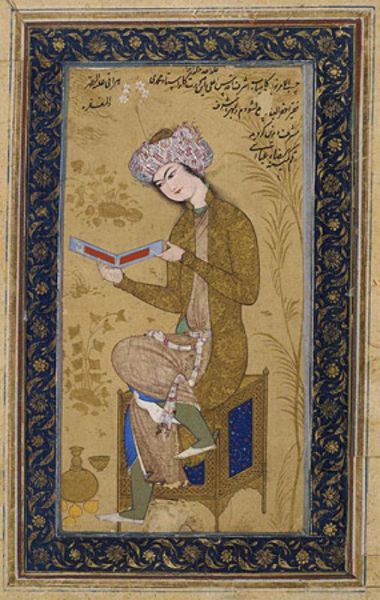
After a visit to Queer British Art at the Tate we bought a copy of A Little Gay History: Desire and Diversity across the World by R B Parkinson. It is a very unusual book, being informative, witty and generous-spirited (and we now sell it in the shop). This week on the Post: five images from the book. Here is A gilded youth reading a book of poetry, painted by Riza–yi ‘Abbasi. Iran, 1625 –6. It’s an opaque watercolour, gold and ink on paper.
16 June 2017
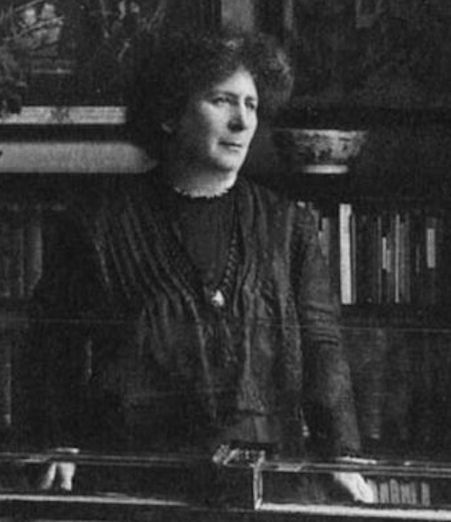
The Call is almost a fictionalised biography – of Edith Zangwill’s stepmother Hertha Ayrton: there are so many interesting synergies between ‘Ursula’, the heroine of the book, and Hertha that it will take a long and detailed Publisher’s Afterword to point them out (the more ‘from the heart’ Preface will be written by the journalist Elizabeth Day). Here are just three synergies: Hertha/Ursula was the first woman to be invited to read a paper at the Institution of Electrical Engineers; during the First World War she invented a design to sweep poison gases from trenches which was originally dismissed by the War Office – Ursula invents a device to extinguish liquid fire which ditto is initially rejected; and throughout the descriptions of the scientific experiments in an attic in Kensington runs an intense and unwavering commitment to votes for women.
15 June 2015
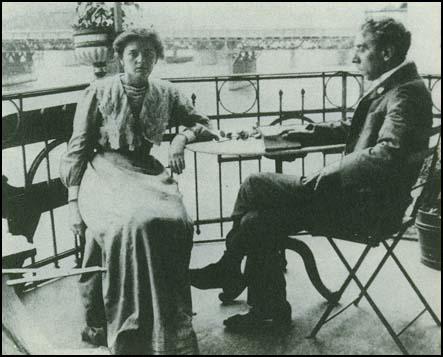
Like all the best men, Israel Zangwill was a great believer in his wife’s causes and ‘a staunch supporter of the women’s suffrage movement’ (p.765 of the invaluable book of that name by Elizabeth Crawford). But come to think of it why on earth wouldn’t you support the suffrage movement? It’s impossible to think of one rational reason. And yet millions of people did not support it. This is Israel and Edith, maybe on their honeymoon in 1903, although they look a bit weary and put upon so it’s probably more like 1910 or ’11. (Perhaps a clothes historian could accurately date the dress for us?)
14 June 2017
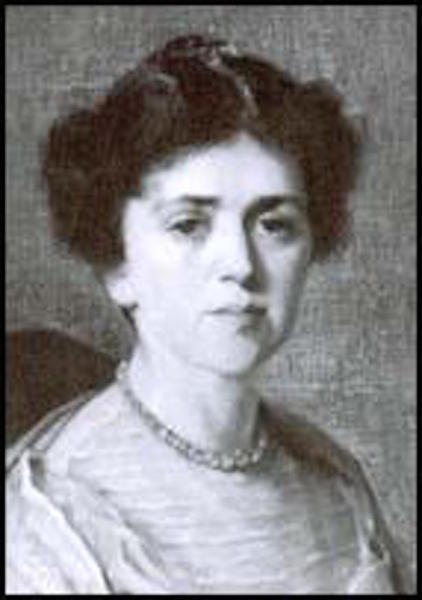
Edith Zangwill, about whom Persephone readers will be hearing a great deal more: we publish her novel The Call in October 2018, to coincide with the anniversary of the (very partial) granting of the vote to women in 1918. Reading The Call is both fascinating and horrifying (and oddly gripping). And it is extraordinary to read about the suffragettes being routinely kicked, abused, having stones thrown at them – by men, normal, or seemingly normal, Englishmen. And why? For what? Often The Call reminds one very much of our present struggle – for kindness, sanity, tolerance, calmness and rationality; which alas in 2017 is symbolised by the struggle to remain in Europe, whereas a hundred years ago it was symbolised by the struggle to get votes for women. Come to think of it, the suffragettes had SO many things in common with remainers. Plus ca change…
13 June 2017

